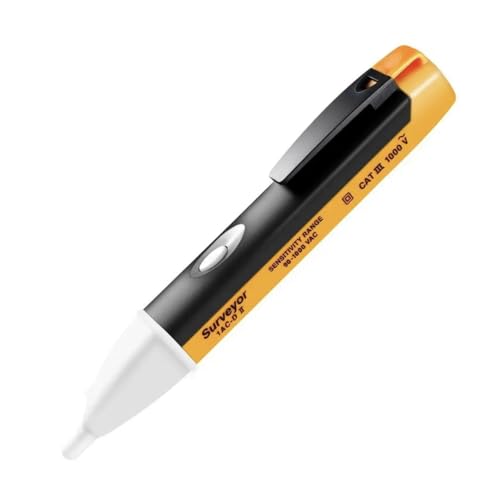Ill be honest straight up front and say that I do not have enough sciencey qualifications to argue on a level dias with you Sidey, so please be gentle with meDeke,Grub screws have always undone themselves, it is a phenomenon known IMHO incorrectly in this situation as hysteresis.
It is more evident in highly loaded conductors where significant heat cycles occur and it is based on the fundamental laws of physics.
Thing is see the same can happen with crimps even if made with the correct "compression" tool.
Same physical phenomenon will occur unfortunately.
IMHO again crimps and small solid conductors are not a good mix if they are under high load, bigger conductors will deform in the crimp and offer multiple facets, small ones will not.
The "best" maintenance free connectors are spring loaded with springs that do not change mechanical properties until above the design temperature that they will reach in service no matter how many heat cycles they are submitted to, again IMHO.
However, I can back my opinions up with the science, the physics the chemistry and the engineering to explain my opinions and I can even demonstrate some, ask KME I blasphemed on the phone to him last week when I missed one of these and had a VERY minor "accident" I dropped a component out of a vice.
You say its to do with heat cycles and I see you mention that the 'hysterisis' is more apparent in high load conductors and joins, surely that is what correct cable selection is all about - i.e. ensuring that the equipment installed is capable of taking the loads and heat cycles thrown at it and doesnt overheat? So if a large enough rated cable and crimp/connector are employed then surely they wouldnt suffer the phenomenon and stay tight throughout thier working lives?

































![TUOFENG 12 Gauge Silicone Wire -6 Meter [3 m Black and 3 m Red] 3.3mm² Soft and Flexible Electrical Wire for DIY Projects and Electrical Applications](https://m.media-amazon.com/images/I/51+++DjJ1DL._SL500_.jpg)






























